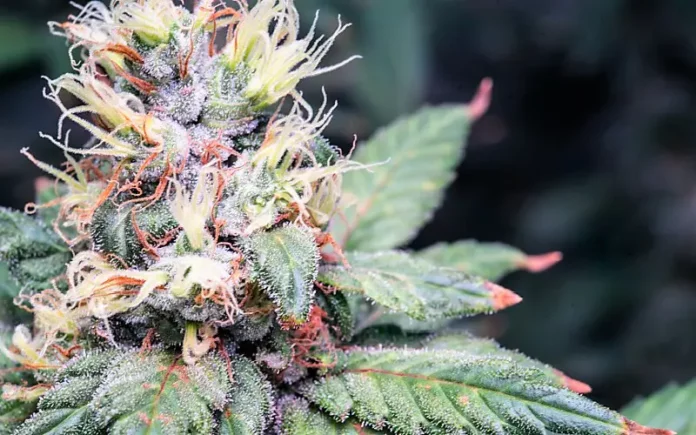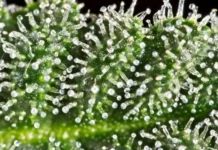The science behind THC
PROVIDENCE, R.I. (WLNE) — Some plants have bark, spines, or thorns for protection from herbivores. Some plants release odors, repellant tastes or toxins when compromised.
One such toxin understood by science is THC, the chemical released by the cannabis plant.
Dr. Michael Budziszek, professor of Cannabis Cultivation at Johnson & Wales University, explained that “it’s a biomolecule the plant makes. It’s a biosynthetic pathway to reduce herbivory. It doesn’t want to be eaten so this is a defense mechanism for the plant.”
According to the Centers for Disease Control and Prevention, the term cannabis refers to the dried flowers, leaves, stems, and seeds of the cannabis plant. The plant also contains more than 100 chemical compounds called cannabinoids.
“There are hundreds of cannabinoids. The one that gets the spotlight is THC. Tetrahydrocannabinol-cannabidiol. So, that’s a cannabinoid,” said Budziszek.
Cannabis is an umbrella term for the many ways the plant is used. The difference between the classifications is the content of THC.
Tetrahydrocannabinol above 0.3% is considered impairing, mind-altering, psychoactive and is classified as marijuana. Less than 0.3% THC is not psychoactive and includes CBD (cannabidiol) and hemp.
“They’re the same plant, cannabis, hemp, marijuana, but we use them differently in different industries,” said Budziszek.
Hemp is used mainly as an industrial fiber. The psychoactive versions of the plant, classified as marijuana, are sold for recreational and medicinal use.
CBD can be used as a food additive and is often used in combination with marijuana products even though CBD is not psychoactive.
Hemp seeds are high in protein and have been sold for consumption for many years.
The cannabis plant has a wide variety of science uses in all kinds of industries. Its derivations of hemp, CBD and marijuana are actually its economic terms.














